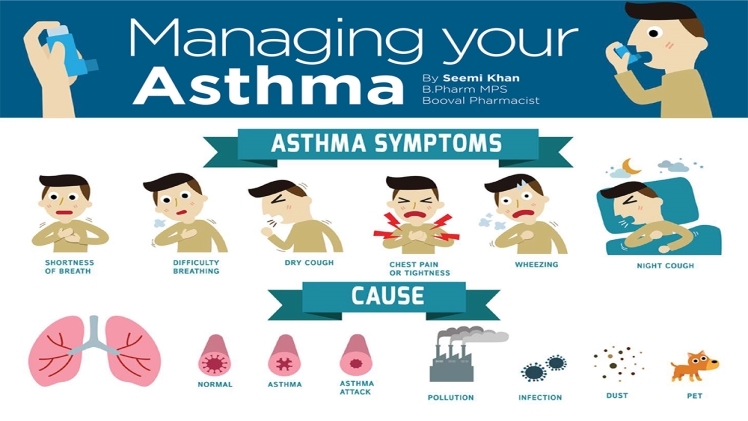While Travelling:
Your asthma symptoms heavily depend on your current environment, potentially leaving you exposed to any unfamiliar triggers when the environment changes. Any change from your normal daily routine could potentially increase the chance of experiencing an attack. The following Pharmica articles will help you to reduce the potential risks of those attacks.
Therefore, to prepare for the potential risks associated with asthma in a different environment, it is important to:
- Research your surroundings – whenever you travel to a new location, it is important to research the potential triggers that you might encounter to try to minimise the exposure.
- Have enough medication – it is also important to ensure that you have sufficient supplies of medication for the duration of your travel as well as any potential emergencies.
- Have your emergency contacts and details ready – due to the risk associated with the potential asthma attack, it is a good idea to have all of your emergency details and contact ready like key documents, prescriptions and contact details for any potential emergencies that might occur.
- Back-up inhaler – always make sure to carry your backup inhaler with you and always within very close proximity so it is best not to store it in your luggage.
- Manage your hayfever – the pollens might be the primary trigger of asthma attacks. Therefore, managing the hayfever symptoms is an essential step to reduce the risks. You can suppress the symptoms with many effective and clinically proven Hay Fever Treatments available on the market.
While at Work:
It is also very important to monitor your surroundings in your workplace to ensure that you are aware of the potential triggers and you are prepared for any potential asthma attacks. If you are unsure what those triggers are, it is worth consulting with your doctor to be aware of how to tackle this risk. It is worth also trying to adjust that environment to minimise the exposure to potential common triggers like dust, pollen, animal hair or dander, mould, chemicals, fumes and etc. Furthermore, it is worth checking the state of the ventilation system as well as the workplace air quality to ensure that the risks are minimised.
However, don’t forget that stress is a common trigger of asthma attacks for people with asthma conditions. If you are one of these people, try practising relaxation techniques as well as other de-stress techniques to avoid any further risks.
While at Home:
One of the most essential steps to manage your asthma is to ensure that your home is trigger-free. It is worth reading about the potential triggers considering these triggers vary from person to person. Also, ensure to consider that a combination of triggers can further increase the risks of those asthma attacks.
Set Targets:
Once you have a plan on how to avoid the potential triggers, make sure that you stick to it. For example, trying to not allow the symptoms of asthma to affect your ability to perform physical activities can be a great motivation and lifestyle adjustment that could help you enjoy activities more.
Consult with your Doctor:
Always take your asthma treatment like Ventolin Inhaler as prescribed. Even if you are feeling better and not experiencing the symptoms, ensure to still take the prescribed treatments without missing a dose. Therefore, to make sure that this is done efficiently, it is worth establishing a routine like setting reminders on your phone. Also, it is worth keeping a diary of the potential triggers and their combination while also taking a note of the medication intake and key dates like when you need a refill.
Visit your Doctor If:
- You experience 3 or more severe asthma attacks in a year
- You had to visit a hospital once or more within a year because of your asthma condition
- Your symptoms still persist even if you are taking the prescribed medication as directed by your doctor.
Usually, these signs above could indicate that your asthma needs to be more controlled and therefore it might be a good idea to consult with your doctor to find out how to tackle the risk more effectively.

